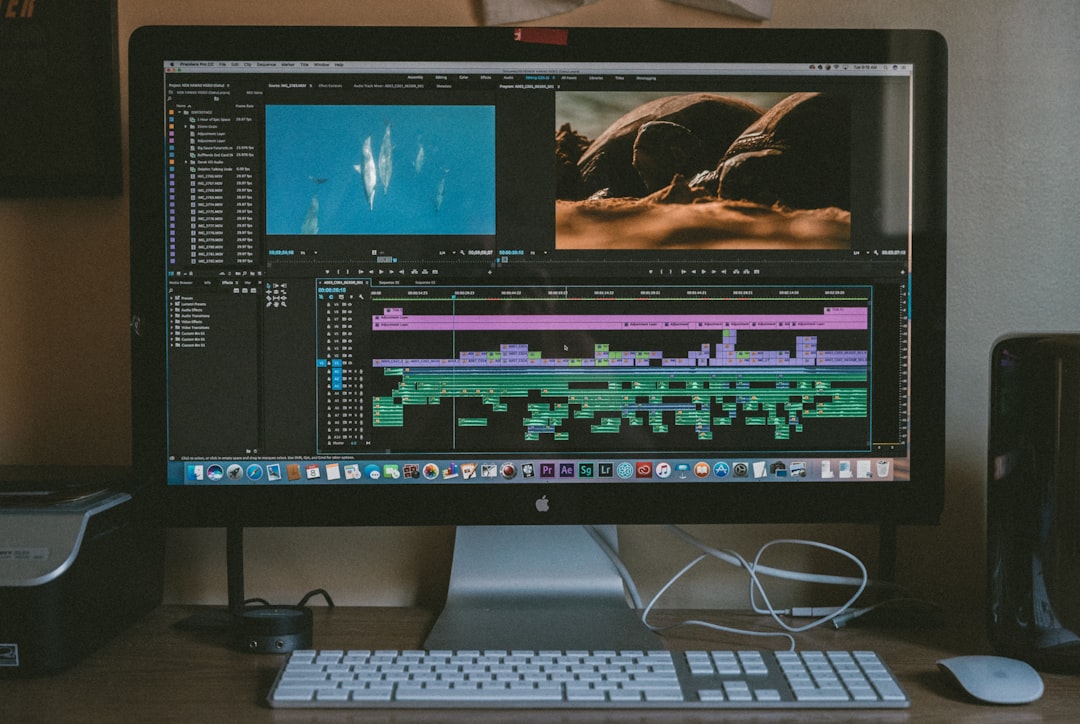Video editing has evolved from a niche profession to a widespread necessity for content creators, business professionals, and hobbyists alike. As demands for high-resolution video and real-time editing continue to rise, the choice of device has become increasingly important. Selecting the right tool for video editing is essential for achieving smooth performance, efficient workflows, and professional-grade output. But with a multitude of options on the market, from high-end desktops to versatile laptops and even tablets, which device truly stands out as the best for video editing?
There’s no one-size-fits-all answer. The best device depends on several factors such as budget, software preferences, performance needs, and mobility. However, by breaking down the strengths and limitations of each category, we can highlight the top choices for various scenarios.
Desktops: Power and Expandability
For professionals and studios working with 4K or higher-resolution footage, desktop computers are typically the best choice. These machines offer unmatched processing power, customization options, and hardware upgrade pathways. A high-performance desktop will typically feature a multi-core processor, ample RAM (32GB or more), dedicated GPUs such as the NVIDIA RTX or AMD Radeon series, and fast SSD storage—all vital for rendering, playback, and multitasking.
Advantages of desktops:
- Superior performance for large projects and high-resolution formats
- Multiple display outputs for efficient timeline management
- Upgradability for future-proofing
Leading options include the Apple Mac Studio (for those using Final Cut Pro) and custom-built Windows PCs optimized for Adobe Premiere Pro, DaVinci Resolve, or Avid Media Composer.

Laptops: Portability Without Compromising Too Much
Laptops have made significant strides and are now capable of handling demanding video editing workflows. While not as powerful as desktops, high-end laptops offer the crucial benefits of portability and versatility, making them ideal for freelancers, journalists, and creators working on the go.
Key models favored by video editors include:
- Apple MacBook Pro (M2 Pro/Max chips) – Exceptional battery life, powerful software optimization, and Retina display with accurate colors.
- Dell XPS 17 – Large 4K display and NVIDIA RTX GPUs for Windows-based editing workflows.
- Razer Blade 16 – Combines sleek design with raw graphics performance.
When considering a laptop, pay special attention to the display quality, dedicated graphics card, thermal control system, and connectivity options like Thunderbolt or USB-C for external storage drive support.

Tablets and Hybrids: Lightweight Editing on the Move
While they don’t offer the same raw power as desktops or laptops, tablets and 2-in-1 devices are carving out a niche for lightweight video editing tasks. Devices like the Apple iPad Pro and Microsoft Surface Pro 9 support sophisticated editing apps such as LumaFusion and Adobe Premiere Rush. These are ideal for quick edits, social media content, or project previews while traveling.
Pros of using tablets:
- Highly portable and lightweight
- Touchscreen interfaces that allow intuitive navigation and trimming
- All-day battery life
That said, complex edits, heavy renders, and long footage timelines are better suited to more capable devices. Tablets are best used as supplemental tools rather than a primary workstation for demanding editing jobs.
What to Consider Before Choosing
Before investing in a device for video editing, take into account several crucial factors:
- Editing Software: Ensure the device fully supports your preferred software (e.g., Final Cut Pro is exclusive to macOS).
- Performance Specs: Opt for multicore CPUs, GPUs with at least 6GB VRAM, and fast SSDs.
- Display Quality: A high-resolution display with accurate color representation is essential for precision work.
- Storage and Ports: Video files are massive—look for devices with at least 1TB SSD and multiple I/O options.
Additionally, consider your workflow habits. Do you often work on the road? Are you collaborating with a team using specialized software? Your specific needs play a major role in determining the best device.
Conclusion: The Right Tool for the Right Creator
Ultimately, the best device for video editing is the one that balances your workflow requirements with performance and budget. For studio-level projects, a high-end desktop reigns supreme. For creators needing flexibility, a powerful laptop is the top choice. And for those involved in quick, mobile edits, tablets and hybrids offer surprising capabilities.

Regardless of your choice, investing in reliable hardware tailored to your editing tasks will enhance your productivity and ensure your creative vision reaches its highest potential.
